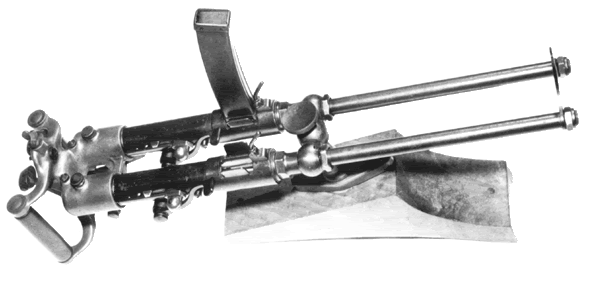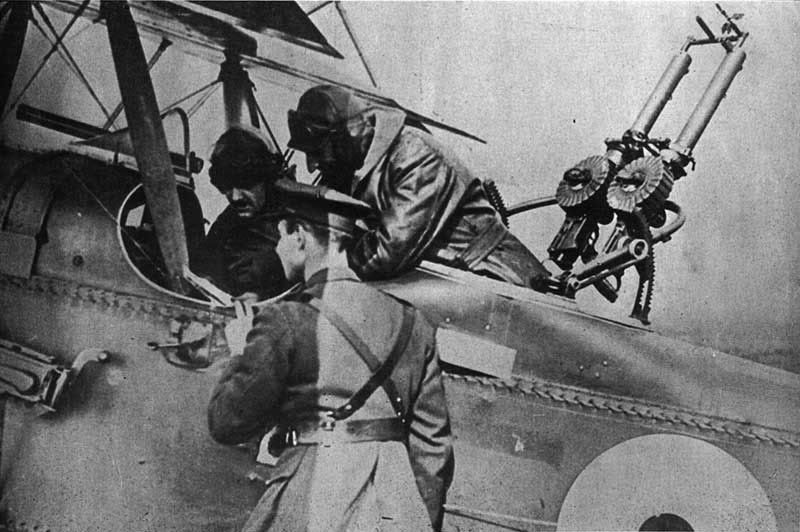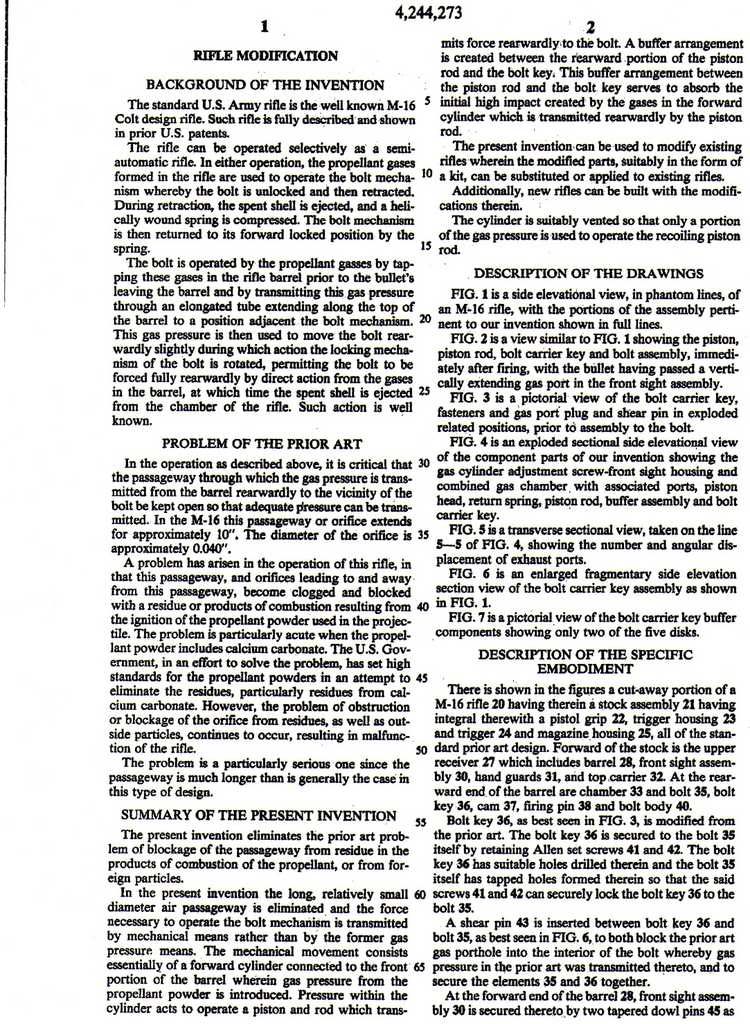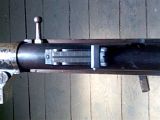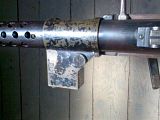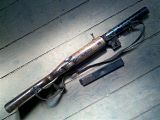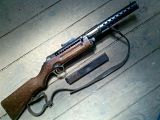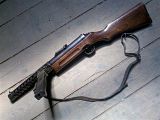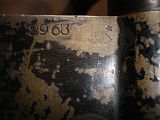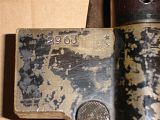44AMP wrote:
In US legal defintion, assault rifles are legally machineguns. The irony of the "Assault Weapons Ban" is that the law did not effect a single assault rifle, only semi-auto guns that just looked like assault rifles.
-------------------------------
To true, which is why, in reasonably polite parlance, the Clinton "Assault Weapons Ban", was, is and remains a POS. Ditto for any/all efforts to reinstate or to reconstitute it, toreauthorize it or to "re" anything with or about it.
In US legal defintion, assault rifles are legally machineguns. The irony of the "Assault Weapons Ban" is that the law did not effect a single assault rifle, only semi-auto guns that just looked like assault rifles.
-------------------------------
To true, which is why, in reasonably polite parlance, the Clinton "Assault Weapons Ban", was, is and remains a POS. Ditto for any/all efforts to reinstate or to reconstitute it, toreauthorize it or to "re" anything with or about it.

